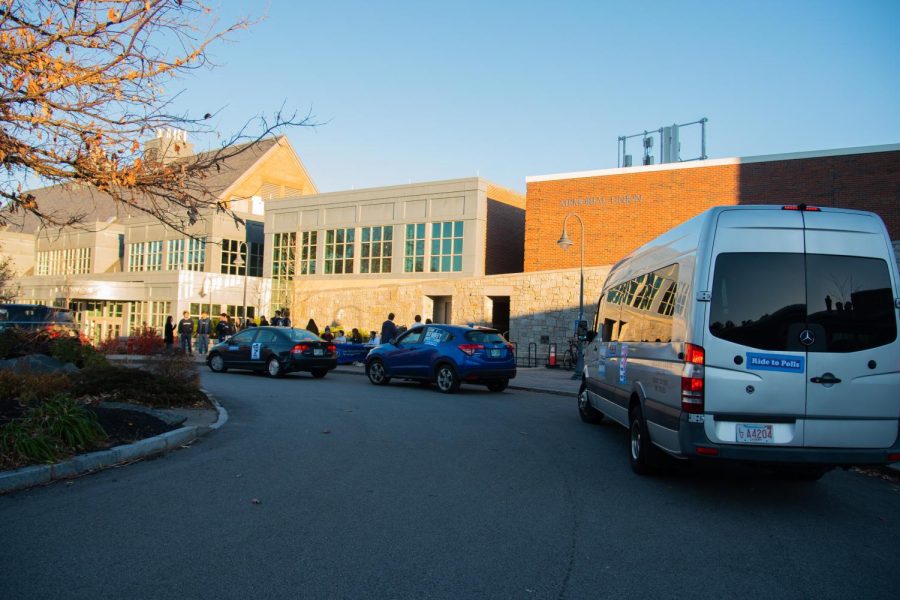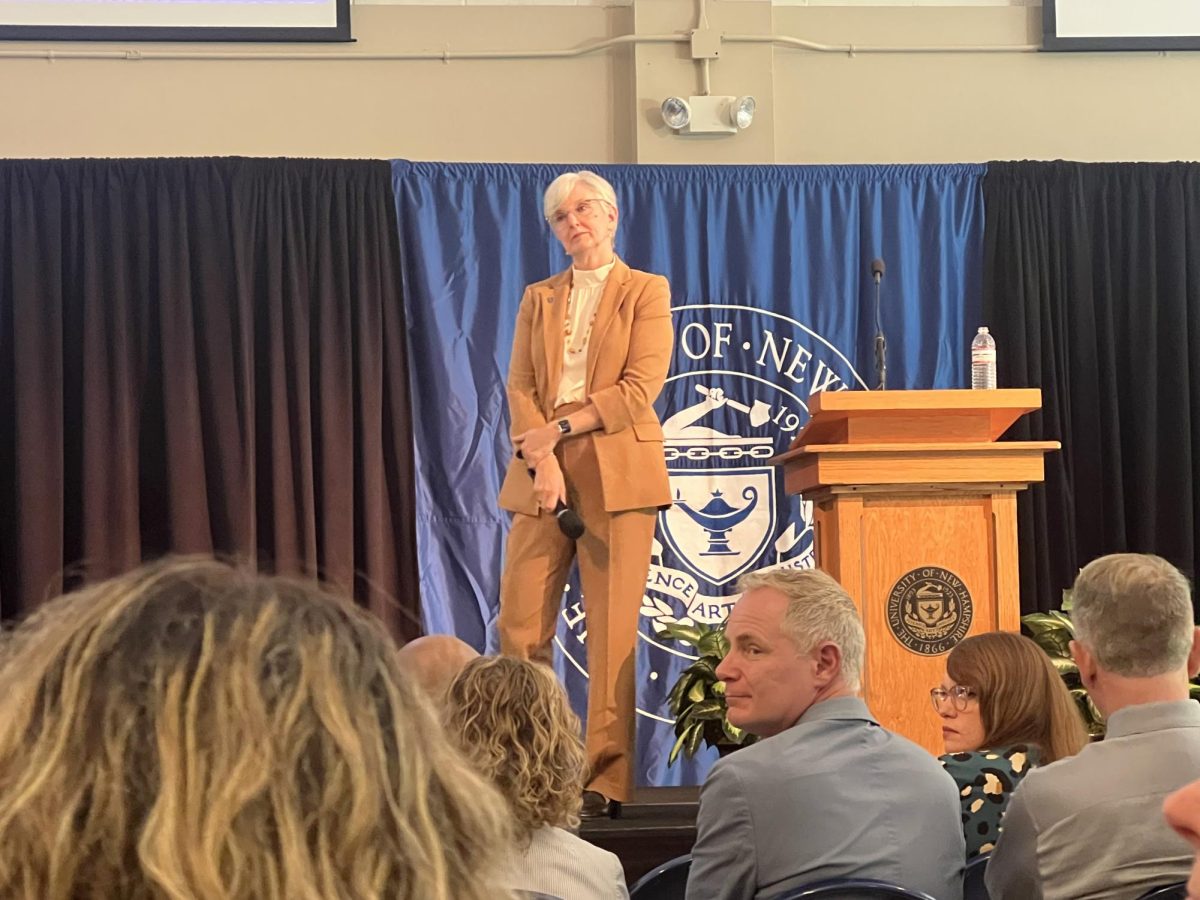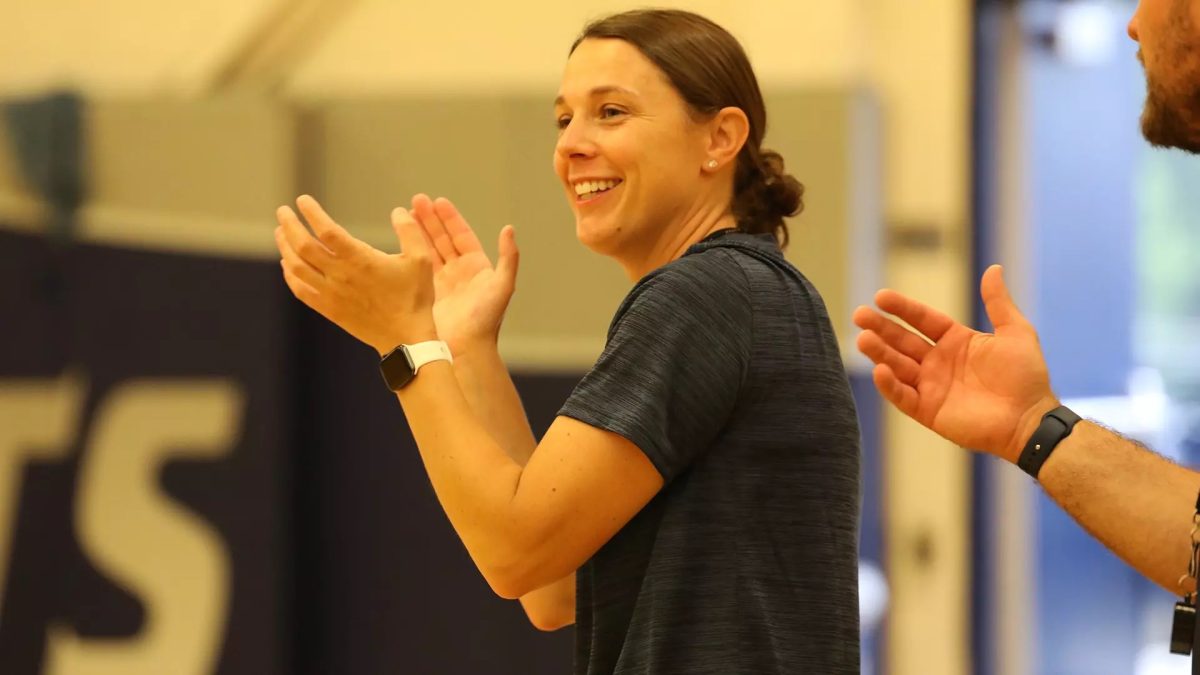By Ken Johnson, Staff Writer

The RosBREED program focuses on fruit quality and disease resistance. At UNH, the breeding program is done at an organically certified field and the program will select plants that will grow locally without pesticides.
Research is underway at the University of New Hampshire to bring tastier, organic, local strawberries to New Hampshire farms. A grant of $10 million has been awarded by the USDA to be split among several institutions — including UNH — to start the second five-year-long RosBREED project.
The RosBREED project, which focuses on eight crops (apples, blackberries, peaches, pears, roses, strawberries, sweet cherries and tart cherries), has been ongoing for five years now. The original RosBREED project was approved for only four years, and then a fifth year was added.
The Axiom Strawberry Genotyping Array (Istraw90), a single nucleotide polymorphism (SNP) array, was a result of the original RosBREED project and became available in September 2013 to laboratories through Affymetrix, a California-based corporation.
“[Istraw90] is something that is kind of the wave of the future, you might say in plant breeding,” said Tom Davis, UNH professor of plant biology.
Breeders will visually identify the plants with features they desire, then crossbreed the plants.
“The SNP array lets you also look at the genetic potential, you might say, of each plant, so you can see more than just … the visible features of the plant,” Davis said. “And that gives you more power to predict what will come out of crossing it.”
The institutions involved in creating the strawberry SNP array were National Clonal Germplasm Repository in Corvallis, Oregon, the University of New Hampshire, Washington State University, the University of Florida, Affymetrix and Wageningen University in the Netherlands.
UNH’s role within the RosBREED project is working with strawberries. Davis said UNH has been doing genetic research on strawberries for over 15 years. The breeding program for strawberries at UNH has only been operating for four years. Davis, with graduate students Hailong Zhang, Lise Mahoney, David Wood and Yilong Yang, worked on the original RosBREED project at UNH.
“At [this] stage we are looking to find what are the associations between what we can see and the DNA genotyping,” said Mahoney, a Ph.D graduate student who is transitioning to being a post-doctoral scientist and will be doing the breeding at UNH.
“In the new RosBREED project, the breeders will use those SNP arrays to enhance their breeding process,” Davis said.
“According to the National Agricultural Statistics Service [an agency of the U.S. Dept. of Agriculture], which is our source of statistical information, in 2012 [most recent year available] there were 130 New Hampshire farms reporting strawberry sales, and about 760,000 pounds of strawberries produced at a value of just over $2.2 million,” said Gail McWilliam Jellie, director of the division of agricultural development of the New Hampshire department of agriculture, markets and food.
Information about how the amount of strawberries that are exported from New Hampshire is not available. “I suspect that the majority of fresh berries are sold and consumed in the state,” McWilliam Jellie said.
“We’re aiming to breed varieties that are suitable for local production, for organic production,” Davis said. “We think that the best strawberries are those that are locally grown and not having to be packaged for long distance shipping.”
Currently, the strawberries that local farmers are growing — for the most part — have not been bred for New England.
The RosBREED project focuses on fruit quality and disease resistance, Davis said. Fruit quality includes having a pleasing appearance, great taste (a combination of sweetness, tartness and strawberry flavor), a tender succulent texture, size and date neutrality, which means the plant will flower and make fruit throughout the summer and fall, Davis explained.
“There’s a lot of things that go into making a plant locally adapted,” Davis said. “A variety that grows well in Florida won’t necessarily grow well here and vice versa.”
The breeding program at UNH is done at an organically certified field, which means that the program will select plants that will grow locally without pesticides, Davis said.
Typically, going from an initial cross breeding to commercialization of a plant takes around 10 years. One of the reasons for creating the DNA testing tools is to hopefully drop the time frame down to five to six years or less. Established breeding programs try to release a new variety every one to two years.
“In terms of varieties that are bred for their fruit particularly, we are probably three or four years away from having something that would be commercialized,” Davis said.






















